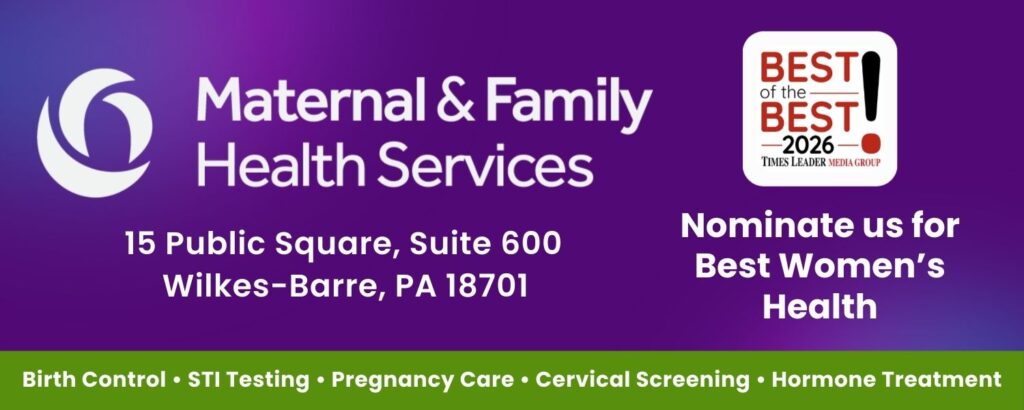WIC Supports Childhood Obesity Rate Decrease

Maternal and Family Health Services (MFHS) is encouraged by the results of a U. S. Centers for Disease Control study that shows a 43 percent drop in obesity rates among children ages 2 to 5 over the past 10 years. The study, ‘Prevalence of Childhood and Adult Obesity in the United States, 2011-2012,’ published in the Journal of the American Medical Association (JAMA) on February 26 reports that about 8 percent of 2- to 5-year-olds were obese in 2012, down from 14 percent in 2004.
The Women, Infants and Children (WIC) Nutrition Program is one of the public health programs that may have contributed to this decline. Over the past five years, WIC made improvements to the food packages available for WIC participants, including adding healthy items like fruits and vegetables, and whole grain foods while reducing the amount of fruit juice and whole milk. This change, coupled with a focus on nutrition education for families with infants and young children, led to improvements in food choices and access to healthy foods for at risk families across the nation.
WIC is a program of the Pennsylvania Department of Health with funds from the United States Department of Agriculture. MFHS administers the WIC Nutrition Program in 16 counties of Northeast Pennsylvania. The program offers nutrition education, breastfeeding support, and a variety of nutrient rich foods for pregnant and breastfeeding women and children under age 5 who meet income eligibility guidelines. MFHS serves 57,000 WIC participants each month.
“MFHS is committed to improving the health of children and families through programming and initiatives that focus on nutrition and obesity prevention,” said Bette Cox Saxton, President & CEO of MFHS. “The programs we offer have a positive impact on overall public health, and the results of this study show that these essential programs are making progress in the fight against childhood obesity.”
In addition to improvements in WIC, an increased incidence in breastfeeding is being touted as one of the possible reasons for the obesity rate decline because breastfeeding leads to a healthier weight in young children. MFHS promotes breastfeeding as the most perfect infant food and offers breastfeeding support services for mothers enrolled in the WIC Nutrition Program. Breastfeeding rates among women participating in the WIC Nutrition Program in northeast Pennsylvania have reached an all time high for MFHS of 56.40%.
“This is exciting news and it is encouraging to see the programs and initiatives of MFHS and other public health efforts are likely contributing to the improved health of young children during the critical growth periods of infancy and early childhood,” said Saxton. “Focusing our efforts on pregnant women, infants and young children helps influence future health by establishing nutritious eating habits that last a lifetime.”
While the data about the declining obesity rates among pre-school children is encouraging and bodes well for the future, the 2 to 5 year olds make up a tiny fraction of the American population and the problem of obesity is far from resolved. The CDC study showed no significant changes in obesity rates in older children or in most adults. A third of adults and 17 percent of youths are obese, the study found.
To help address the ongoing need for obesity prevention beyond the WIC population, MFHS is piloting a Medical Nutrition Therapy project in Lackawanna County in partnership with the Wright Center. With start up funding from the Northeast Pennsylvania Health Care Foundation, MFHS is launching Healthy Habits Together – a Pediatric Weight Management Medical Nutrition Therapy Program. This family-centric plan will provide low-income children and adolescents with one –on-one comprehensive nutrition counseling, education and tools to improve eating habits and activity behaviors.
“As MFHS celebrates the 40th anniversary of the WIC Nutrition Program, we continue to seek continuous program improvement, look to for opportunities to collaborate with community partners who share our mission of service and prevention, coordinate service delivery, and improve access to care,” said Saxton. “The CDC study reinforces our resolve to keep moving forward with programs proven to make a difference.”


